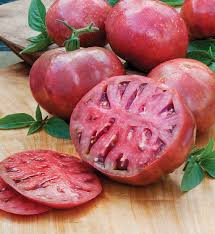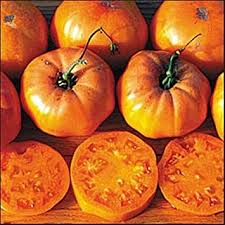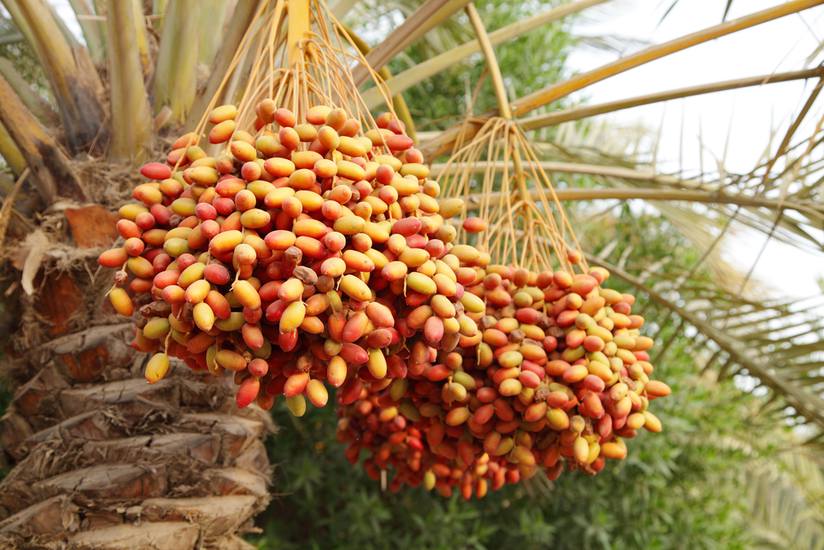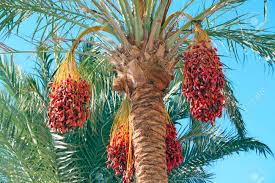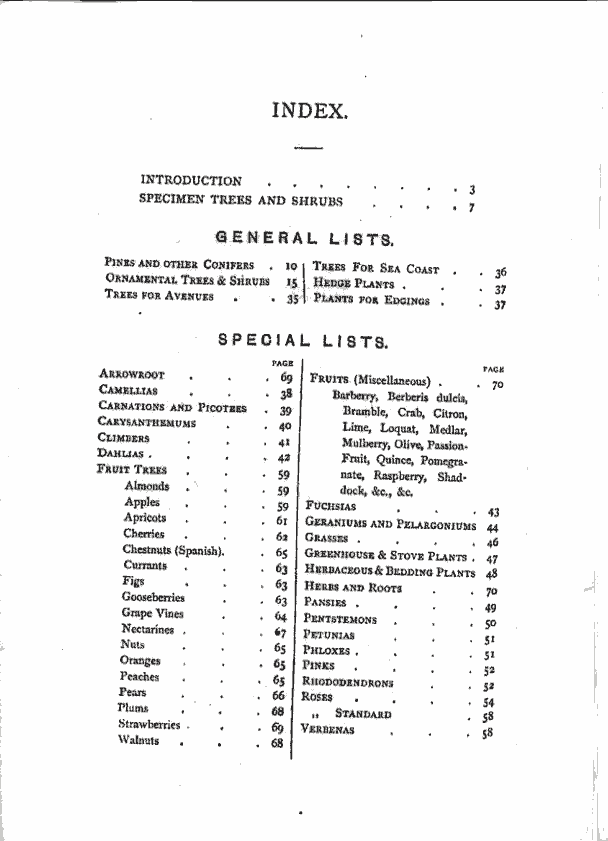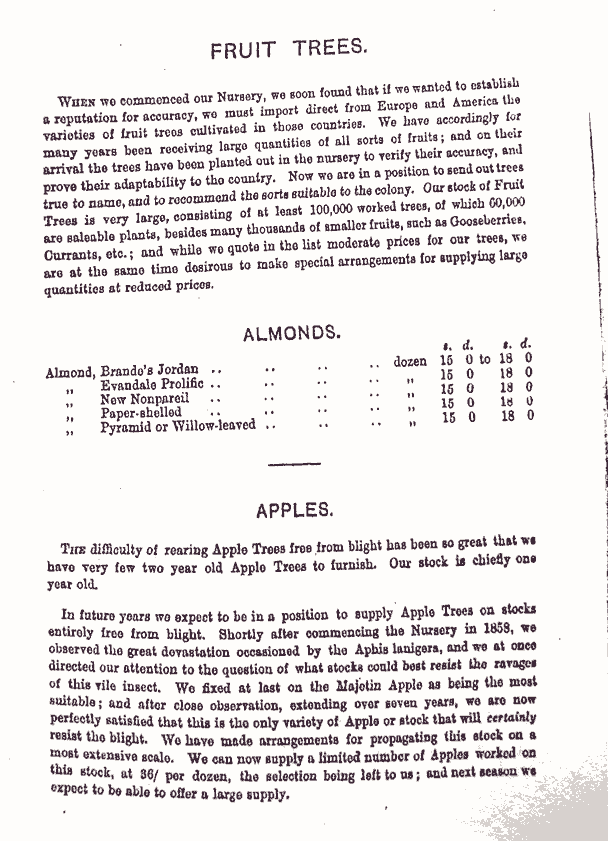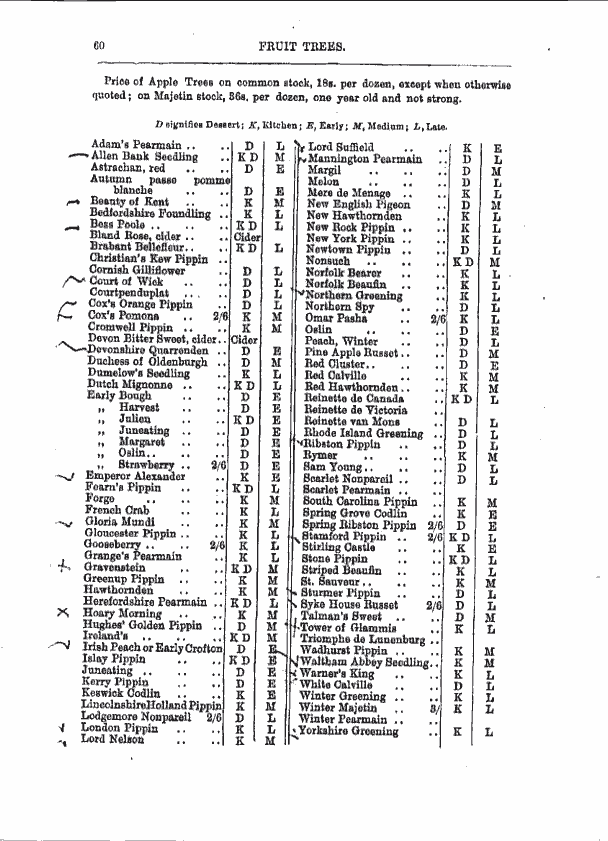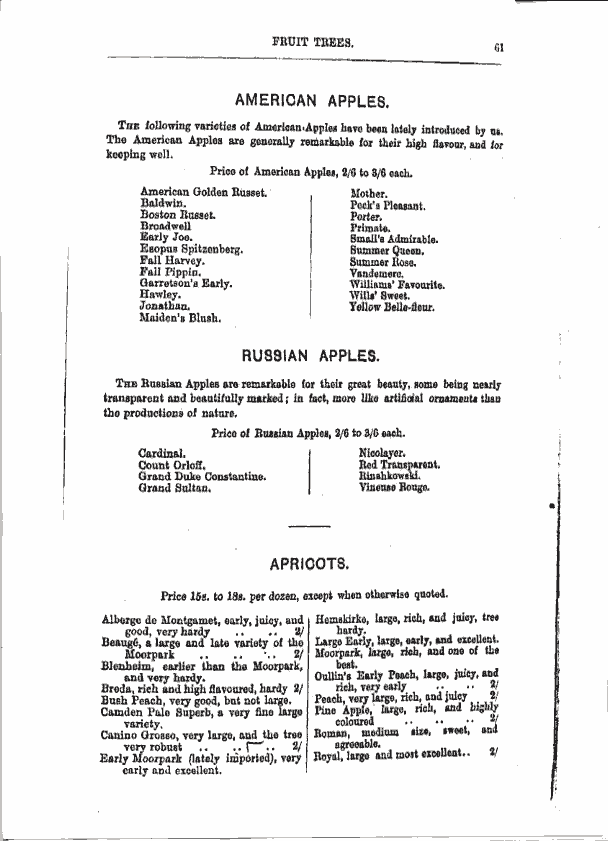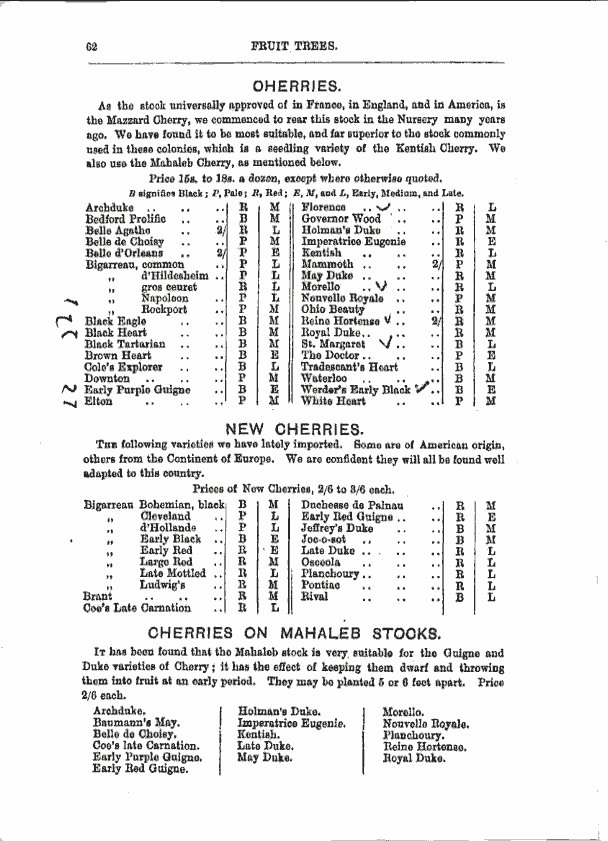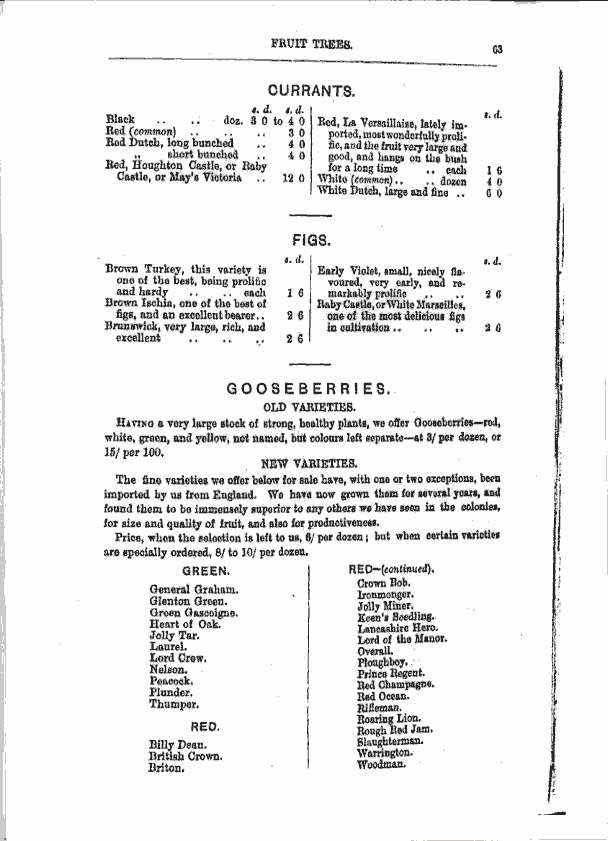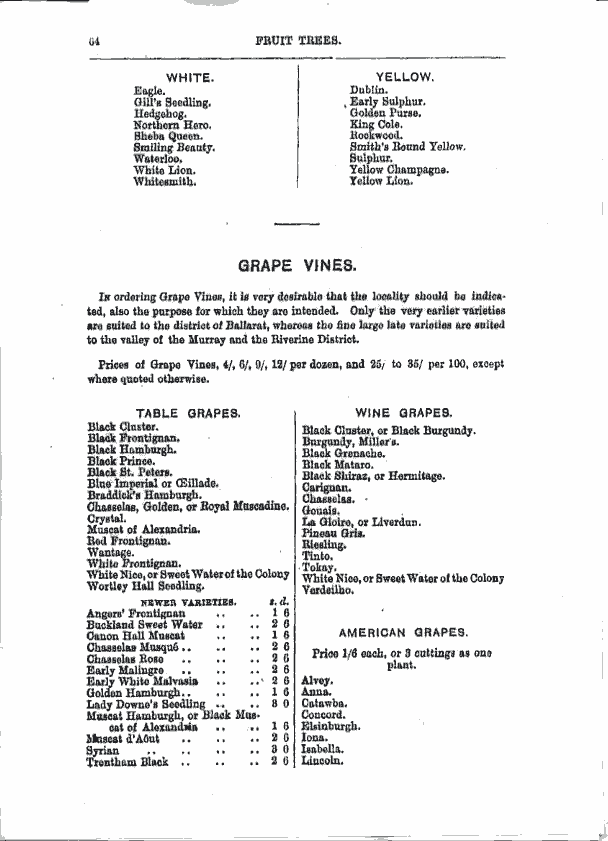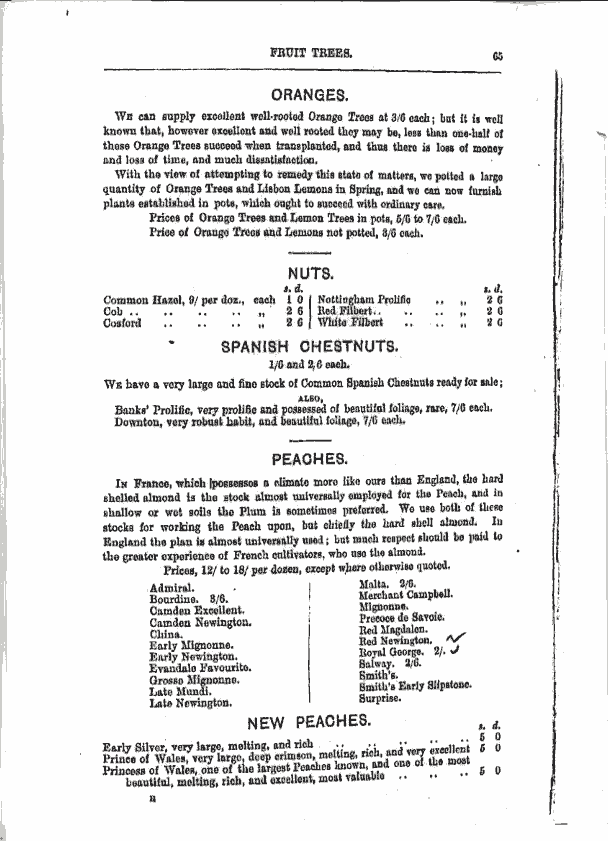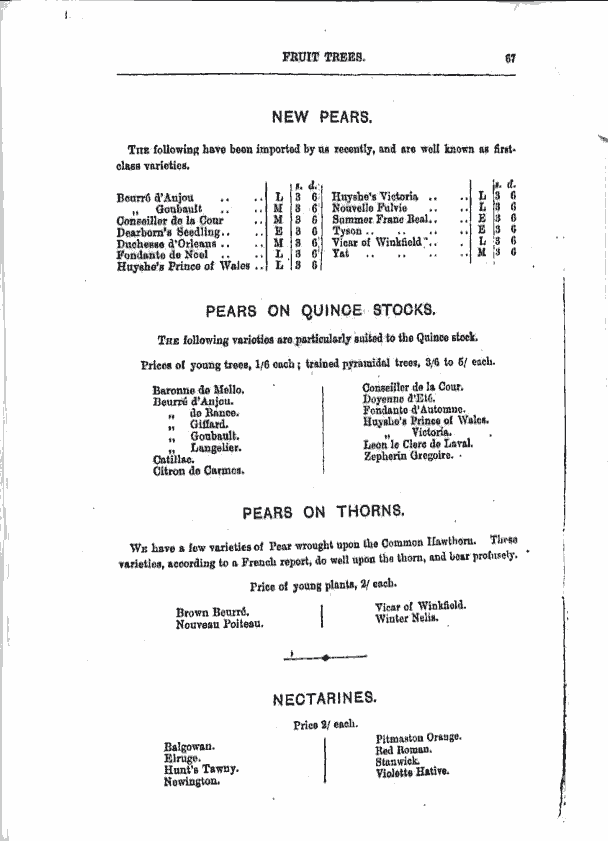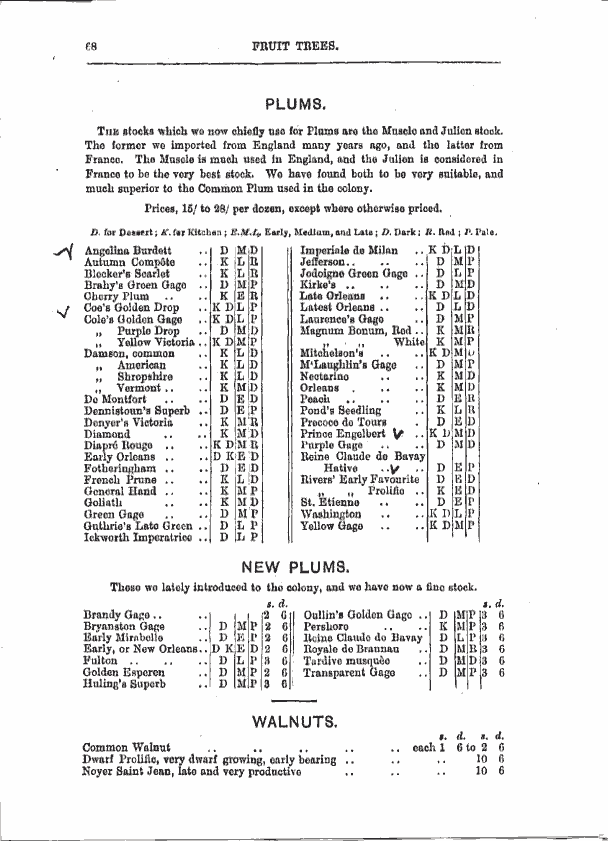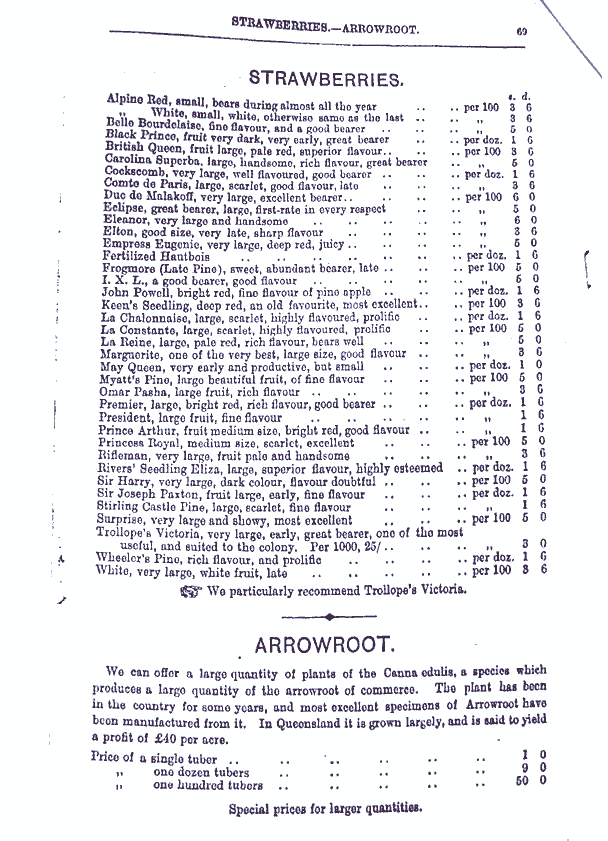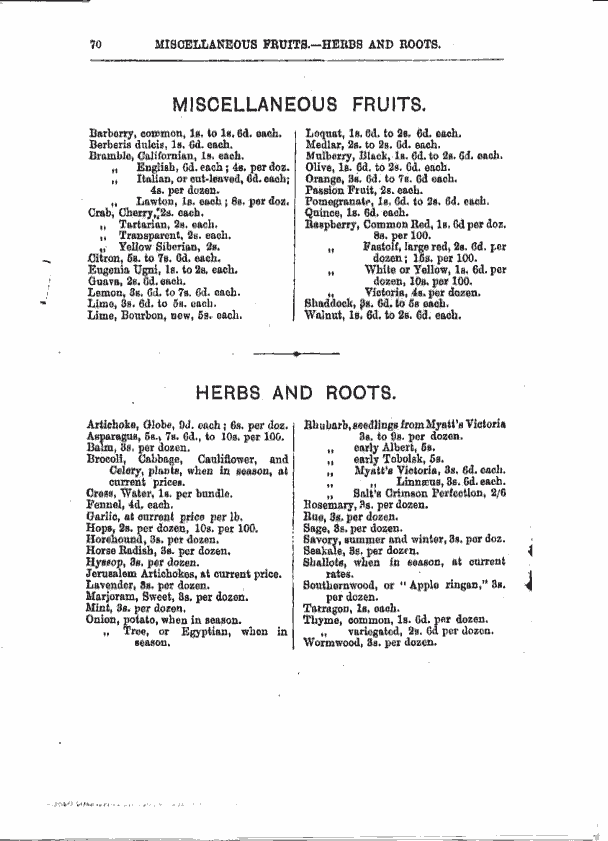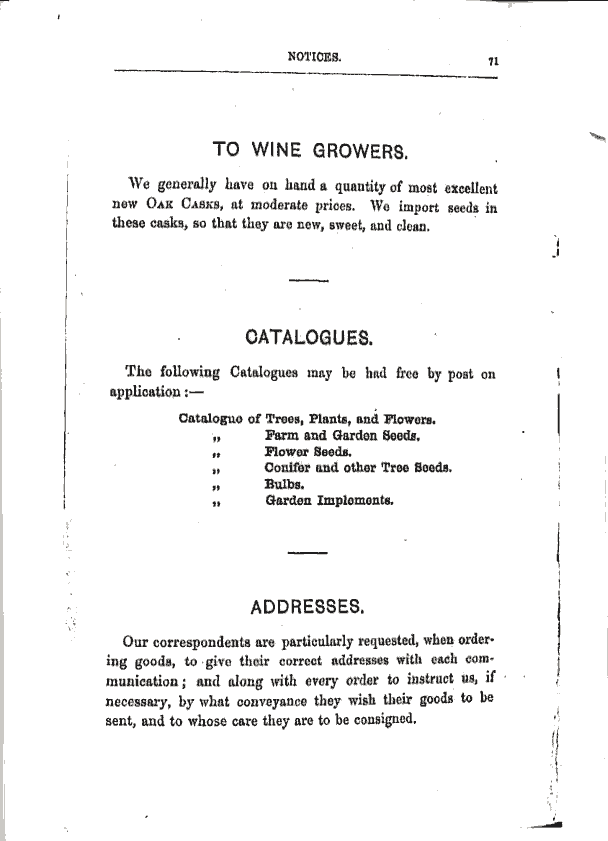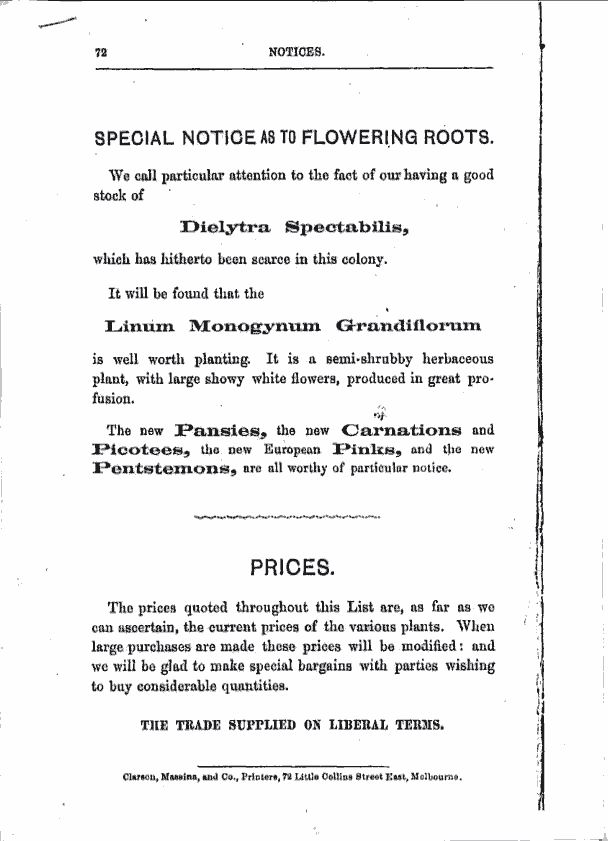Did you know that once upon a time tomatoes were really sweet, dates were large and super juicy and that many other vegetables have changed over time? Nope, me either!!
Science has been playing with our food for a very long time. In the photo below you’ll see that some of these tomatoes have green, unripened looking tops. People see the green and believe it’s not ripe, it’s not as tasty as it should be right there. Those green “shoulders” actually have a lot to do with flavor even if they aren’t the prettiest thing in the world.

Sometime before 1930, a farmer somewhere found a tomato growing that was red from top to bottom, no green shoulder at all. It was a mutation but a pretty one so growers thought it was the next big thing.In 1930, the agricultural experiment station in Fargo, N.D., released a new tomato variety containing this mutation. The variety was called All Red. Now it’s difficult to find a type that isn’t all red.
Researchers messing around with genetically modified tomatoes found a gene that made light green tops and very dark green fruit. They found that odd because we all tomatoes are red. They found that this gene is naturally occurring and lends to how the fruit ripens. The researchers discovered that this natural tomato gene, when it works properly, produces those green shoulders on tomatoes. The darker green color comes from the chlorophyll in plant structures called chloroplasts, which is what converts sunlight into sugars for the plant. Those green shoulders were making those old tomatoes sweeter and creating more flavor. The uniform ripening mutation disabled this gene.
Tomato breeders made a lot of compromises like this as they created tomato plants that produce more fruit and are also rugged enough to hold up under rough handling.
We have the ability to get the sweetness back if we work just a little bit. Farmers need to be willing to use the heirloom species that are still around thanks to seed savers and heirloom enthusiasts and they can breed them with the hardy version to get just as much fruit with all the sweetness. Consumers need to walk into their markets, and buy with knowledge, not by sight, they need to see that little green on top, and think, oh it has the green, that’s going to be good.
Farmers can also bring back other heirloom varieties because of their distinct tastes and vibrant colors such as orange and purple. plus they have great names like Cherokee Purple, Dr. Wyche’s and Mortgage Lifter
A doctor, Sarah Sallon, working in India in 1986 fell ill and medications weren’t helping, traditional herbal remedies were what healed her.
When she returned to Israel she started looking for medicinal plants and she found many but she also heard of ancient plants that had disappeared.
“They’re just historical ghosts,” she says. “Like the famous date plantations along the Dead Sea, 2,000 years ago — described by Pliny; described by Josephus, the first-century historian. They’re not there anymore. They just vanished!”
She realized that seeds from those trees still existed, they’d been recovered from archaeological sites. So she went to the archaeologists and proposed planting some of those seeds, to see if they’d grow again. They were very apprehensive but she kept pushing and some finally gave her seeds to try.
She finally got a tree to grow, it was a male tree and it takes both male and female in order to produce fruit. She is still waiting for the fruit to happen.
According to ancient writers, she says, these dates “were known for their wonderful sweetness, their very large size, and their ability to be stored for a long time, so they actually were exported around the Roman empire.
“Before the industrialization of agriculture, a much wider variety of plant foods were grown for human consumption, largely due to farmers and gardeners saving seeds and cuttings for future planting. From the 16th century through the early 20th centuries, the diversity was huge. Old nursery catalogues were filled with plums, peaches, pears and apples of numerous varieties and seed catalogs offered legions of vegetable varieties. Valuable and carefully selected seeds were sold and traded using these catalogs along with useful advice on cultivation. Since World War II, agriculture in the industrialized world has mostly consisted of food crops which are grown in large, monocultural plots. In order to maximize consistency, few varieties of each type of crop are grown. These varieties are often selected for their productivity and their ability to ripen at the same time while withstanding mechanical picking and cross-country shipping, as well as their tolerance to drought, frost, or pesticides. This form of agriculture has led to a 75% drop in crop genetic diversity.” [https://en.wikipedia.org/wiki/Heirloom_plant]
Here are images from one of those old catalogs. You can see the sheer number of varieties that were available.
FRUIT VARIETIES AVAILABLE IN VICTORIA DURING THE 19TH CENTURY
The State Library of Victoria holds a copy of an 1870 catalogue put out by Thomas Lang & Co., “Nurserymen, Seedsmen & Florists”, of Ballarat, Victoria. The catalogue lists fruit tree varieties typically available in the 19th century. These are the varieties that may well have been purchased by Thomas Chirnside for inclusion in the Werribee Park Orchard.
Click images to see larger version
So much has changed over time and now we’re looking at many GMO (genetically modified organism) foods already here or headed our way. It’s time to go back, to bring these past memories to the forefront of our food.
Talk to your local gardeners, farmers or start a garden of your own. Cheers to a rainbow on your plate and making memories doing it.
Here’s are a few places you may obtain heirloom seeds from, or just go look at the beautiful colors and varieties available..
https://www.burpee.com/heirloom/heirloom-vegetables/
